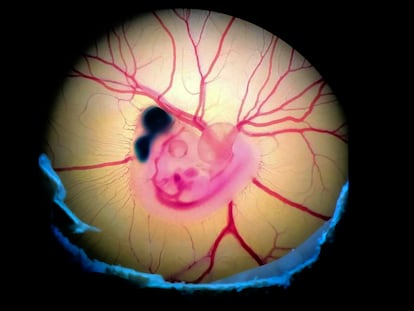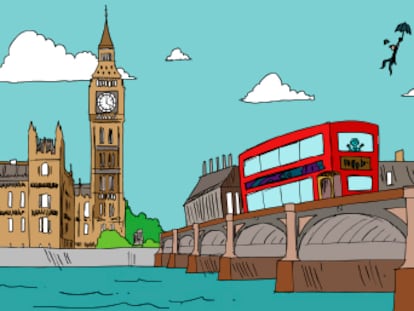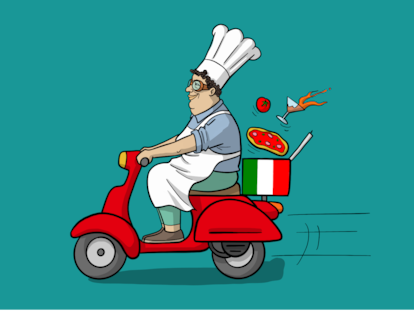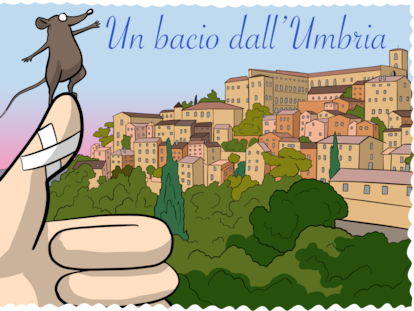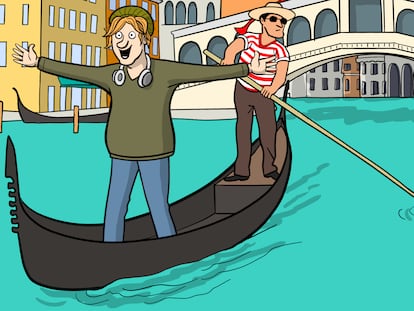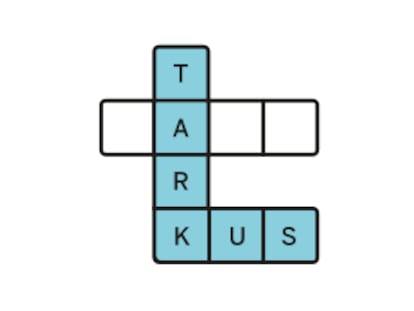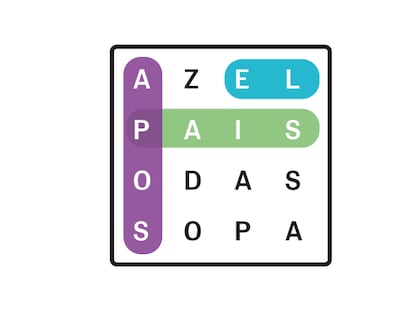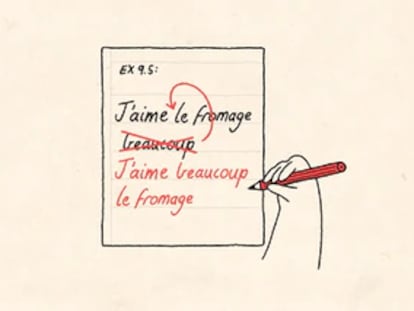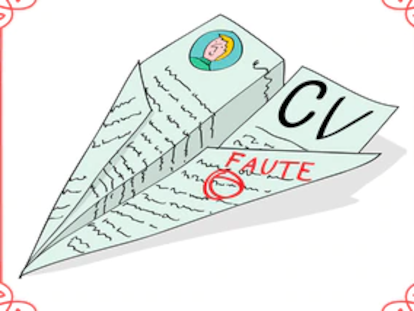How a hawk learned to use traffic lights to hunt in the city
The young raptor uses the signal to know when to hide behind the line of stopped cars and ambush its prey
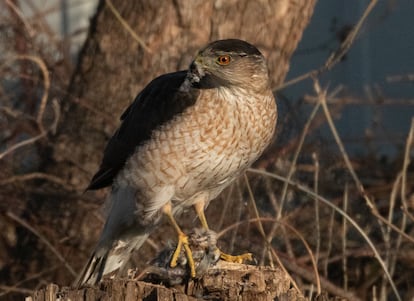
Cities may seem hostile to wildlife — endless asphalt, constant noise, and pavement instead of trees. But some creatures learn to navigate these environments with the ease of a native city slicker. Such is the case of the Cooper’s hawk (Accipiter cooperi), ruler of the streets for more than 50 years. This bird often moves confidently, as if it has traded the mountainous landscapes of North America for the city skyline and come to terms with the unstoppable growth of urban settings. The raptor, easily recognized by its gray back and orange-striped chest, also has reddish eyes that can detect small mammals, reptiles, and insects with remarkable precision — or, as in this story, a flock of smaller birds that happened to be in the wrong place at the wrong time.
It was this chance scene that caught the attention of scientist Vladimir Dinets, a professor at the University of Tennessee. Every morning, while driving his daughter to school through the streets of West Orange, New Jersey, he passed the same intersection. One day, he noticed something unusual: a young hawk seemed to know the rhythm of the traffic lights. Day after day, he watched the bird use a tree as a lookout, motionless and alert for the exact moment when the traffic light turned red and the pedestrian crossing signal beeped. As the line of cars formed, the hawk would fly between them, ambushing its prey on the other side of the street.
Dinets decided to study the bird up close. Between December 2021 and March 2022, he devoted up to 12-hour days to observing it, taking notes and trying to understand what was happening. His findings, published on Friday in the journal Frontiers in Ethology, suggest that the hawk knew how to read its surroundings, recognize auditory signals, and rely not only on its natural abilities but also on elements of public infrastructure to hunt — even though it couldn’t directly see its prey.
“It’s not common to observe predator behavior on a regular basis. As a zoologist, when an opportunity like this presents itself, you have to seize it,” Dinets tells EL PAÍS.
The study indicates that this bird had to develop “a precise mental map of the street” to catch its prey. That means the hawk could understand the connection between the sound and the eventual length of the line of cars.
For Dinets, the behavior is “an impressive display of intelligence” that shows the animal’s ability to successfully colonize “an unusual and dangerous environment.” Birds learn not only to avoid the dangers posed by cities, but also to exploit them in various ways for their own benefit.
A year later, the expert returned to the same intersection and saw an adult hawk hunting with the same strategy. “The following winter, I saw him in adult plumage hunting in exactly the same way,” he says. “I’m pretty sure it was him, but I can’t prove it.”
Birds that live in cities
The hawk’s behavior, in fact, is not unusual. Biologist Wenfei Tong, author of Understanding Bird Behavior: An Illustrated Guide to What Birds Do and Why, believes it’s not a new discovery due to the “anecdotal nature of the evidence.” “Many birds have shown much higher levels of cognitive sophistication, especially parrots and corvids,” she argues.
“It’s a valid point,” responds Dinets. “But we tend to define intelligence according to our own parameters, and nature doesn’t work that way. Each species has its own way of being intelligent. Parrots and crows are very social and playful, which fits more with our idea of intelligence. Hawks seem less approachable, but they can be just as intelligent.”
There’s no shortage of surprising bird behavior when it comes to traffic. Crows have been seen dropping nuts or small vertebrates onto roads so cars will crush them. Scavenger birds act as road patrols, quickly snatching up animals hit by vehicles. In the U.S., many roads are divided among raven families that monitor them from dawn to dusk, waiting for their next meal.
Or take songbirds that collect dead insects from cars and even nest in moving trains or boats. Some small birds use cars as mobile shelters from hawks. In Europe, black kites are known to live in cities, particularly in places like Spain. In Ukraine, in the city of Kharkiv, sparrowhawks have learned to use moving vehicles while hunting.
According to Dinets, goshawks seem to have adopted the same technique after observing them. In South America, several vulture species thrive in urban areas. Sometimes, amid the roar of traffic and the hustle of daily life, nature finds a way to break though. In these gaps, some animals don’t just survive — they thrive.
Sign up for our weekly newsletter to get more English-language news coverage from EL PAÍS USA Edition
Tu suscripción se está usando en otro dispositivo
¿Quieres añadir otro usuario a tu suscripción?
Si continúas leyendo en este dispositivo, no se podrá leer en el otro.
FlechaTu suscripción se está usando en otro dispositivo y solo puedes acceder a EL PAÍS desde un dispositivo a la vez.
Si quieres compartir tu cuenta, cambia tu suscripción a la modalidad Premium, así podrás añadir otro usuario. Cada uno accederá con su propia cuenta de email, lo que os permitirá personalizar vuestra experiencia en EL PAÍS.
¿Tienes una suscripción de empresa? Accede aquí para contratar más cuentas.
En el caso de no saber quién está usando tu cuenta, te recomendamos cambiar tu contraseña aquí.
Si decides continuar compartiendo tu cuenta, este mensaje se mostrará en tu dispositivo y en el de la otra persona que está usando tu cuenta de forma indefinida, afectando a tu experiencia de lectura. Puedes consultar aquí los términos y condiciones de la suscripción digital.
More information
Archived In
Últimas noticias
Aquilino Gonell, former Capitol sergeant: ‘If it hadn’t been for the police, the US would be a dictatorship’
A hybrid building: Soccer pitch, housing, and a shopping mall
Europe urges Trump to respect Greenland following annexation threats
Science seeks keys to human longevity in the genetic mixing of Brazilian supercentenarians
Most viewed
- Alain Aspect, Nobel laureate in physics: ‘Einstein was so smart that he would have had to recognize quantum entanglement’
- Mexico’s missing people crisis casts a shadow over World Cup venue
- Alvin Hellerstein, a 92-year-old judge appointed by Bill Clinton, to preside over Maduro’s trial in New York
- Why oil has been at the center of Venezuela-US conflicts for decades
- Cuba confirms death of 32 of its citizens in the US attack against Venezuela

